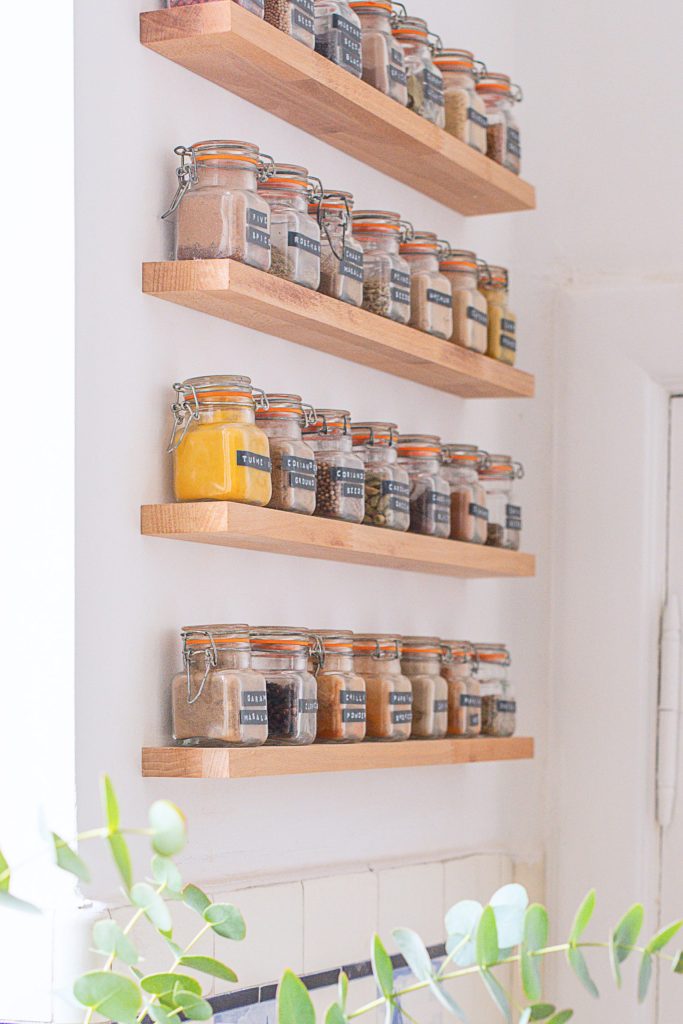In the heart of every kitchen, condiments are the unsung heroes. They quietly transform meals, adding layers of flavor and texture that can turn a simple dish into a memorable experience. This guide addresses a common culinary conundrum: the proper storage of condiments like ketchup, soy sauce, peanut butter, and maple syrup according to The New York Times. These kitchen staples have sparked debates among home cooks and chefs alike, as their storage can impact their flavor and longevity.
The question of whether ketchup needs refrigeration is one that evokes both tradition and modern convenience. While many instinctively store it in the fridge, its high acidity can preserve it at room temperature without spoiling. Soy sauce, with its rich umami flavor, traditionally sits on countertops due to its fermentation process, which naturally safeguards it. Yet, some choose the fridge for peace of mind or personal preference, reflecting the diverse approaches to condiment care.
Peanut butter presents a unique case with its creamy texture and nutty essence. Natural varieties, lacking preservatives, benefit from refrigeration to maintain freshness, whereas processed versions can comfortably reside in the pantry. Maple syrup, a sweet gift from nature, demands careful storage. Once opened, it flourishes in the cold embrace of the refrigerator, ensuring it remains as delightful as the moment it was tapped from the tree.
These thoughtful storage practices highlight our relationship with food, where tradition meets innovation. By understanding these nuances, we not only preserve flavors but also connect with culinary heritage. As we ponder our next condiment decision, we might ask: How do our storage habits reflect our culinary values and traditions, and what new stories do they allow us to craft in our kitchens?


